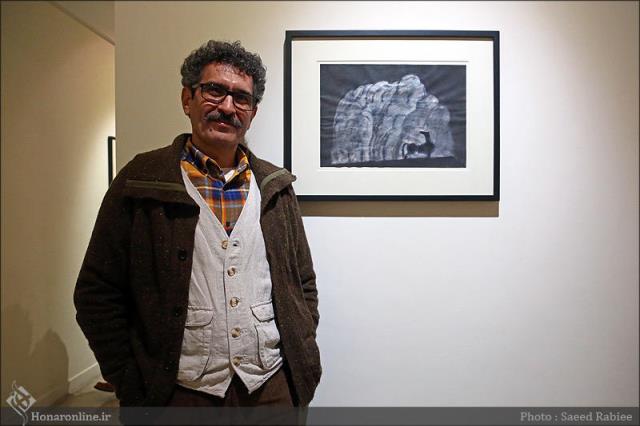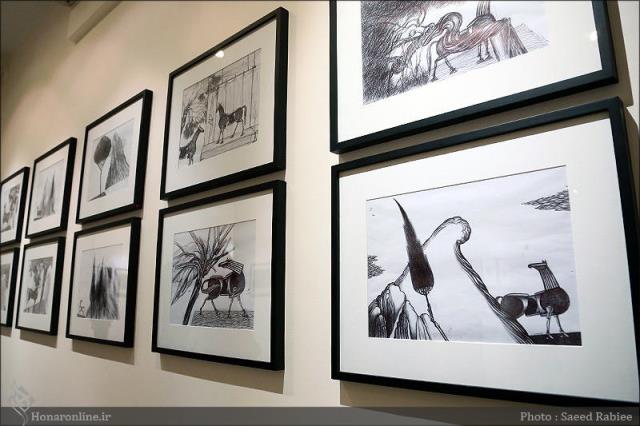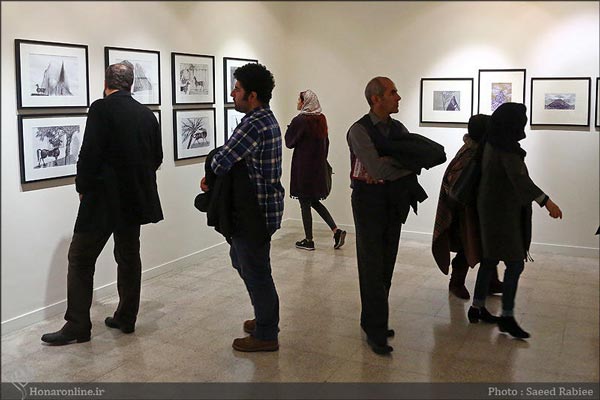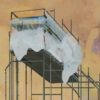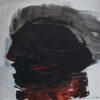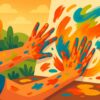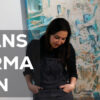Reza Lavasani ’s exhibition review
By Javid Ramezani
Translated by Behrad Sharifi
لینک فارسی مطلب را در اینجابخوانید.
Today we think less about language, indeed it should be noted that the path of grammar research and linguistics has its own followers. Challenge arises when the language foundation is getting destroyed, in this case despite the existence of language research academies what can be offered? Currently the concept that has held language as a symbol of wisdom and capability of ethnic group has been misunderstood. How can this truth be proved that language is the root for thought? Is there any relation between language and scientific development, education, health, order and life?
What is the answer? It must be said that language is not only literature, but rather a specific conception that has shaped is a specific geography over the years.
When we examine a culture’s world of communicative signs, its authenticity will be determined. These signs in the valley of art are in the form of music, painting, theater and literature. In other words artistic skills are count as foundation, infrastructure and a tone of thought.
During the pas half century, visual artists were trying to create a native tone, and two essential approaches can be explored among them: First, those who borrowed content from tradition and gave it a modern form or contrary to that adopted the form from tradition and looked content with a new look.
Reza Lavasani was born in 1961; in 80s he completed his studies in painting at conservatory and then at Tehran University.
Reza Lavasani is sculptor, illustrator and painter and has displayed a rich set of his drawings in this exhibition. As this exhibition’s name implies journey in the valley of lyrics and poetry is the central approach of the artist. If we consider drawing as the clearest development of painterly mind, in manifestation of genuine visual phenomena and multilateral sublime ideas, imagination and systematic research of Lavasani has given a unique character to his work.
Artist’s emphasis on continuity and search has revealed a step-by-step process, which can be seen in his work. With a holistic look these works can be divided into two categories: First drawing type images with the intention of liberal studies with a pen on paper that tries to review elements such as horses, mountain and pine tree; elements that are seen frequently in Iranian native paintings. The other category is the images with painterly arrangements with gold colored background that has studied variety of diversity. In this category the elements of first category has been worked in a traditional and sometimes western atmosphere.
Lavasani’s most prominent works are emerged from solid and simple surfaces and turned into new forms with sensitivity and commitment to ancient tune such as mountains of Baghdad school or trees of Safavi painters.
Audience in encounter with these elements finds the quality of feeling and imagination that regardless of naive representations is native art.
Despite of being innovative, images are familiar and modern, by eliminating redundancies, passing color, relying on line and quality of pattern they have revealed the painter’s approach.
In Lavasani’s painterly works we witness forms that are result of artist’s distress and psychological suspense. Intertwined tissue of cypress trees, which is enclosed with Nastaliq letters, is the iconic look of artist towards language essence of thought. Essence of these artworks is in the dialogue between artist and audience, which is expressed by Lavassani’s determined angle of thinking towards language. The communication form of contemporary thought horizon with historical and cultural interaction, indeed been subdued in the one-sided monologue. Representation of tradition only in form and without content is not adequate for contemporary art quest.
Lavasani’s works in glossing old patterns is longing to create new vocabulary in his images; despite of being fantasy they are promising a brand new discourse. In these artworks we witness visual metaphors that brought visual literature and poetry.


